Friday, February 26, 2010
Engine speed governor
I have built a couple of simple electronic controllers for my biogas projects from schematics but I am certainly not an electronics tech.
The engine is from a refridgeration unit that was electroniclly controlled so their is a sensor over the flywheel for speed siginal to the controller.
If anyone out their can help with this project it would be very much appreciated.
Crankshaft Bearing Failure
My 11 year-old 1000-hour 38 HP Yanmar 3JH2E Diesel on my 36 foot sailboat experienced crankshaft bearing failure. The center bearing disintegrated while the other two bearings remained in perfect condition.
The circumstances were the prop shaft became entangled in lobster fishing gear during a passage through the Cape Cod Canal. In order to make any headway to keep control and get to a safe anchorage, I had to apply full emergency power to a heavily overloaded engine. The center crankshaft bearing failed, while the other two survived. Because the crankshaft was heavily scored, the engine was a total loss, and needed replacement.
The insurance surveyor, claimed that this was a "mechanical failure due to latent defect" "or possibly faulty maintenance" and recommended that the claim be denied, despite clear evidence that the prop and shaft were entangled. I would like your opinion of the possibility that heavy lugging at high power settings caused heating, and overloading, and could be responsible for the center bearing being spun on the crankshaft.
Response:
These things are hard to know with certainty. Some observations:
-
A properly set up and maintained diesel that is properly propped should be able to run at wide open throttle for hours without problem. Even the highest HP configurations are rated for 30 minutes at full RPM. Which is to say, full emergency power should not be a problem.
-
An over-heated or overloaded diesel will have a short life with piston damage and cylinder scoring being the most common catastrophic failures. Overheat will damage valve seals and weaken piston rings as well, even if there is no failure evident.
-
Something wrapped around the prop shaft will over-load if run wide open and it may yield catastrophic failure.
In your case, you were essentially running wide open with what is effectively an over-propped engine. The engine probably is properly propped but, with the shaft bound up, it's as though you were over-propped. This will shorten life and could lead to bearing failure. Bearing failure is not the most common failure mode but it can happen that during over-heat, the bearing set with the least clearance can bind-up and spin.
Personally, I would either drift if away from danger or drop anchored to slow the drift if near shore and free up the shaft when faced with this problem in the future.
The failure you have encountered could have been contributed to by dirty oil or debris in the oil as well. If the other bearings are not scored and look in good shape, you have good evidence that this isn't the case.
If the engine has few hours and is very well maintained, you have a good case. Is the engine room super clean, the engines expertly maintained, etc. If so, you should push for a better answer from your insurance company. If not, you should accept it as a combination of wear, age, maintenance, and bad luck. It's a gray enough area that the judgment call will be influenced by many factors including age, hours, maintenance, cleanliness, the location and conditions you faced (was it absolutely required that you press on?), the mood of the investigator, the phase of the moon, ...
Maxi Fly Wheel

Description: Peugeot Sport 106 maxi flywheel. This is a homoligated flywheel for 106. Banned for Super 1600 but is fine to use under Group A6. This flywheel is very light and not suitable for gearboxes with long final drives. As you will struggle on touring stages (hill starts). However the pickup of the engine in the stage is chalk and cheese compared to the standard flywheel.
Wednesday, February 24, 2010
Privacy Policy
If you wish to opt out of Advertising companies tracking and tailoring advertisements to your surfing patterns you may do so at Network Advertising Initiative.
Google uses the Doubleclick DART cookie to serve ads across it's Adsense network and you can get further information regarding the DART cookie at Doubleclick [link: http://www.doubleclick.com/privacy/faq.aspx] as well as opt out options at Google's Privacy Center.
----------------------------------------------------------------------------
Privacy
I respect your privacy and I am committed to safeguarding your privacy while online at this site top10jewelryshop.blogspot.com. The following discloses how I gather and disseminate information for this Blog.
RSS Feeds and Email Updates
If a user wishes to subscribe to my RSS Feeds or Email Updates (powered by Feedburner), I ask for contact information such as name and email address. Users may opt-out of these communications at any time. Your personal information will never be sold or given to a third party. (You will never be spammed by me - ever)
Log Files and Stats
Like most blogging platforms I use log files, in this case Statcounter. This stores information such as internet protocol (IP) addresses, browser type, internet service provider (ISP), referring, exit and visited pages, platform used, date/time stamp, track user’s movement in the whole, and gather broad demographic information for aggregate use. IP addresses etc. are not linked to personally identifiable information.
Cookies
A cookie is a piece of data stored on the user’s computer tied to information about the user. This blog doesn't use cookies. However, some of my business partners use cookies on this site (for example - advertisers). I can't access or control these cookies once the advertisers have set them.
Links
This Blog contains links to other sites. Please be aware that I am not responsible for the privacy practices of these other sites. I suggest my users to be aware of this when they leave this blog and to read the privacy statements of each and every site that collects personally identifiable information. This privacy statement applies solely to information collected by this Blog.
Advertisers
I use outside ad companies to display ads on this blog. These ads may contain cookies and are collected by the advertising companies and I do not have access to this information. I work with the following advertising companies: Google Adsense, ROI Rocket, Commission Junction, eBay, Amazon. Please check the advertisers websites for respective privacy policies.
Sunday, February 21, 2010
Friday, February 19, 2010
Trans Brace

I believe in maximizing the rigidity of the block / transmission assembly. We had to reconfigure Honda's brace to fit properly with the Moroso oil pan. Details like this are important to building a long-lasting combination.
Twin Disk cm

Lots of pieces fit into small spaces with this package. Note the sculpting to reduce flywheel mass and the small diameter of the pressure plate, disks and floaters. This set-up is extremely lightweight and capable of handling a lot of abuse, including shifts over 10K.
Header Flange

Note that the header primary pipes are configured to work with our raised port roofs.
Oil heater? We'll make sure there's some separation here before installation. I'm also raising secondary pipes and collector about 1.5" for better in-vehicle ground clearance, which is important on the streets of Ft. Worth.
HDon't be mislead by the picture, but it's imperative that the header (and intake) gaskets do not hang in the way of the flow. If you don'eader Gasket

Don't be mislead by the picture, but it's imperative that the header (and intake) gaskets do not hang in the way of the flow. If you don't trim the gaskets, you're potentially sacrificing any possible gains from porting. We trim the gaskets to be approximately .050" larger all the way around the port. This gasket is situated ahead of the flange on the studs, producing the illusion that the openings are much larger than the ports.
Hytech Header

Checking for fitment on our "killer" header from John at Hytech. Note that he configured it for AC clearance. This header is the veteran of many dyno pulls on similar 2-liter engines we've built, so it's a known quantity.
Block Fittings

We're using two breather tanks on this high-revving engine. The block fittings are the same ones we sell, with the anti-siphon tubes for increased efficiency in separating oil. Note the sealant that's standard issue on the threads.
Balancer TDC Mark

Prior to installation, I always mark the harmonic balancer 180 degrees opposite the TDC mark to facilitate setting the valves. Note that this is a stock (neutral-balanced) ITR balancer we're using. Always use a new crank bolt for the installation.
Torquing Cam Bolts

Torque the cam bolts to factory specs. Do not use an impact to tighten the bolts... Note our fixture that inserts pins between the cam gears, locking them together at a "straight-up" position for torquing and installing the timing belt.
Vtec Dowel

Before the final installation of the cam caps, make sure to put the oil dowel and "O" ring in the head under the center cap. Yes, we lube the hell out of the camshafts.
Rocker Lube

We use moly-lube on the rocker arms, to insure that there will be as little friction as possible with the cam's new lobes. Keep observers will note that these rockers have been treated to new altered-radius wiper pads, which are furnace brazed to the rocker bodies and ground to work properly with the cams' lobes.
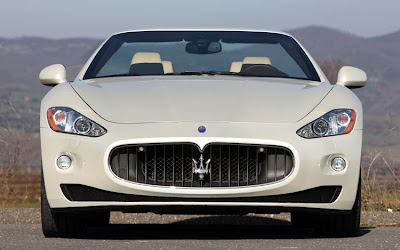
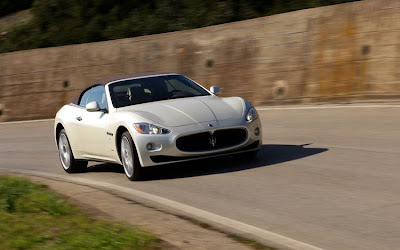




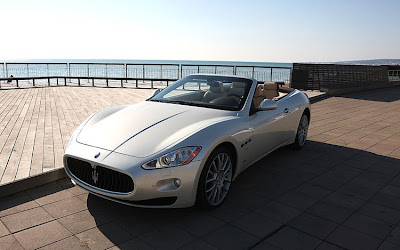

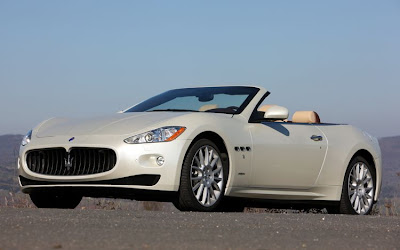












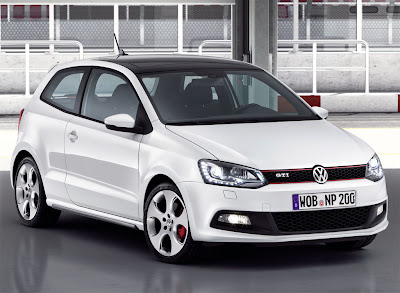




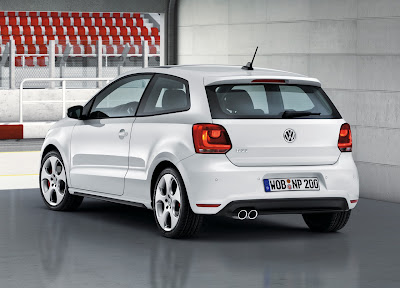




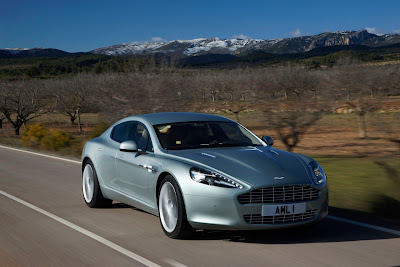


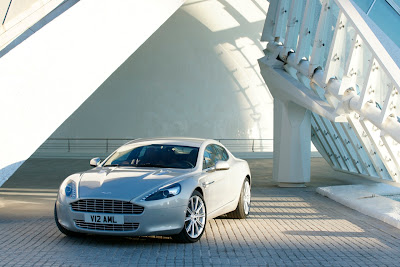



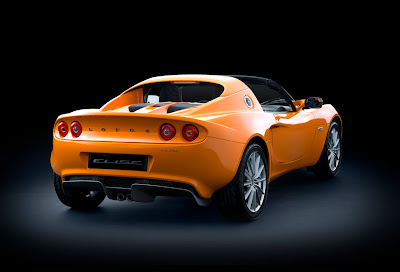




.jpg)